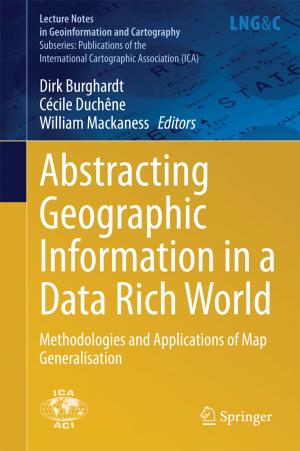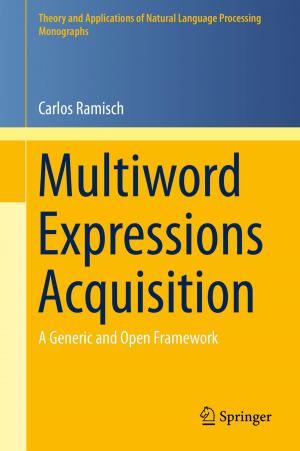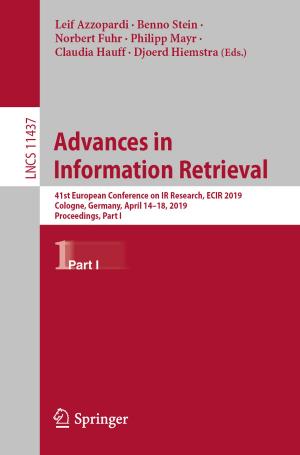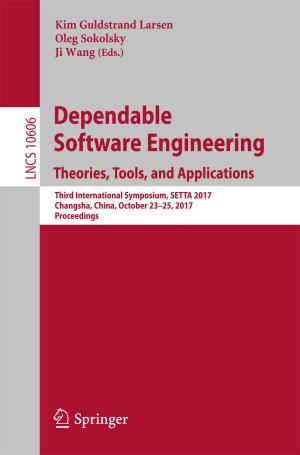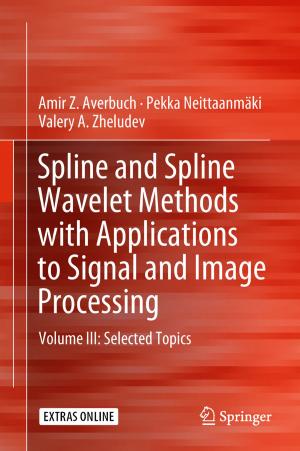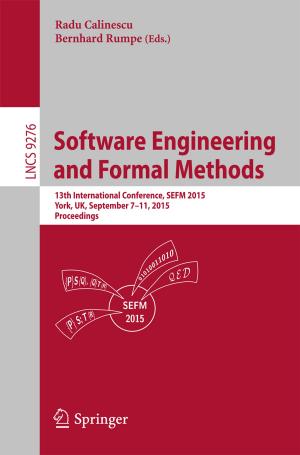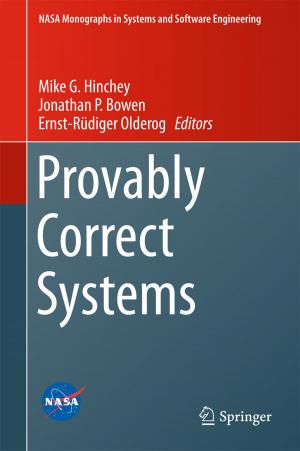| Author: | Klaus Neusser | ISBN: | 9783319328621 |
| Publisher: | Springer International Publishing | Publication: | June 14, 2016 |
| Imprint: | Springer | Language: | English |
| Author: | Klaus Neusser |
| ISBN: | 9783319328621 |
| Publisher: | Springer International Publishing |
| Publication: | June 14, 2016 |
| Imprint: | Springer |
| Language: | English |
This text presents modern developments in time series analysis and focuses on their application to economic problems. The book first introduces the fundamental concept of a stationary time series and the basic properties of covariance, investigating the structure and estimation of autoregressive-moving average (ARMA) models and their relations to the covariance structure. The book then moves on to non-stationary time series, highlighting its consequences for modeling and forecasting and presenting standard statistical tests and regressions. Next, the text discusses volatility models and their applications in the analysis of financial market data, focusing on generalized autoregressive conditional heteroskedastic (GARCH) models. The second part of the text devoted to multivariate processes, such as vector autoregressive (VAR) models and structural vector autoregressive (SVAR) models, which have become the main tools in empirical macroeconomics. The text concludes with a discussion of co-integrated models and the Kalman Filter, which is being used with increasing frequency. Mathematically rigorous, yet application-oriented, this self-contained text will help students develop a deeper understanding of theory and better command of the models that are vital to the field. Assuming a basic knowledge of statistics and/or econometrics, this text is best suited for advanced undergraduate and beginning graduate students.
This text presents modern developments in time series analysis and focuses on their application to economic problems. The book first introduces the fundamental concept of a stationary time series and the basic properties of covariance, investigating the structure and estimation of autoregressive-moving average (ARMA) models and their relations to the covariance structure. The book then moves on to non-stationary time series, highlighting its consequences for modeling and forecasting and presenting standard statistical tests and regressions. Next, the text discusses volatility models and their applications in the analysis of financial market data, focusing on generalized autoregressive conditional heteroskedastic (GARCH) models. The second part of the text devoted to multivariate processes, such as vector autoregressive (VAR) models and structural vector autoregressive (SVAR) models, which have become the main tools in empirical macroeconomics. The text concludes with a discussion of co-integrated models and the Kalman Filter, which is being used with increasing frequency. Mathematically rigorous, yet application-oriented, this self-contained text will help students develop a deeper understanding of theory and better command of the models that are vital to the field. Assuming a basic knowledge of statistics and/or econometrics, this text is best suited for advanced undergraduate and beginning graduate students.

